Kyocera Brigadier hands-on, first impressions and sapphire screen test
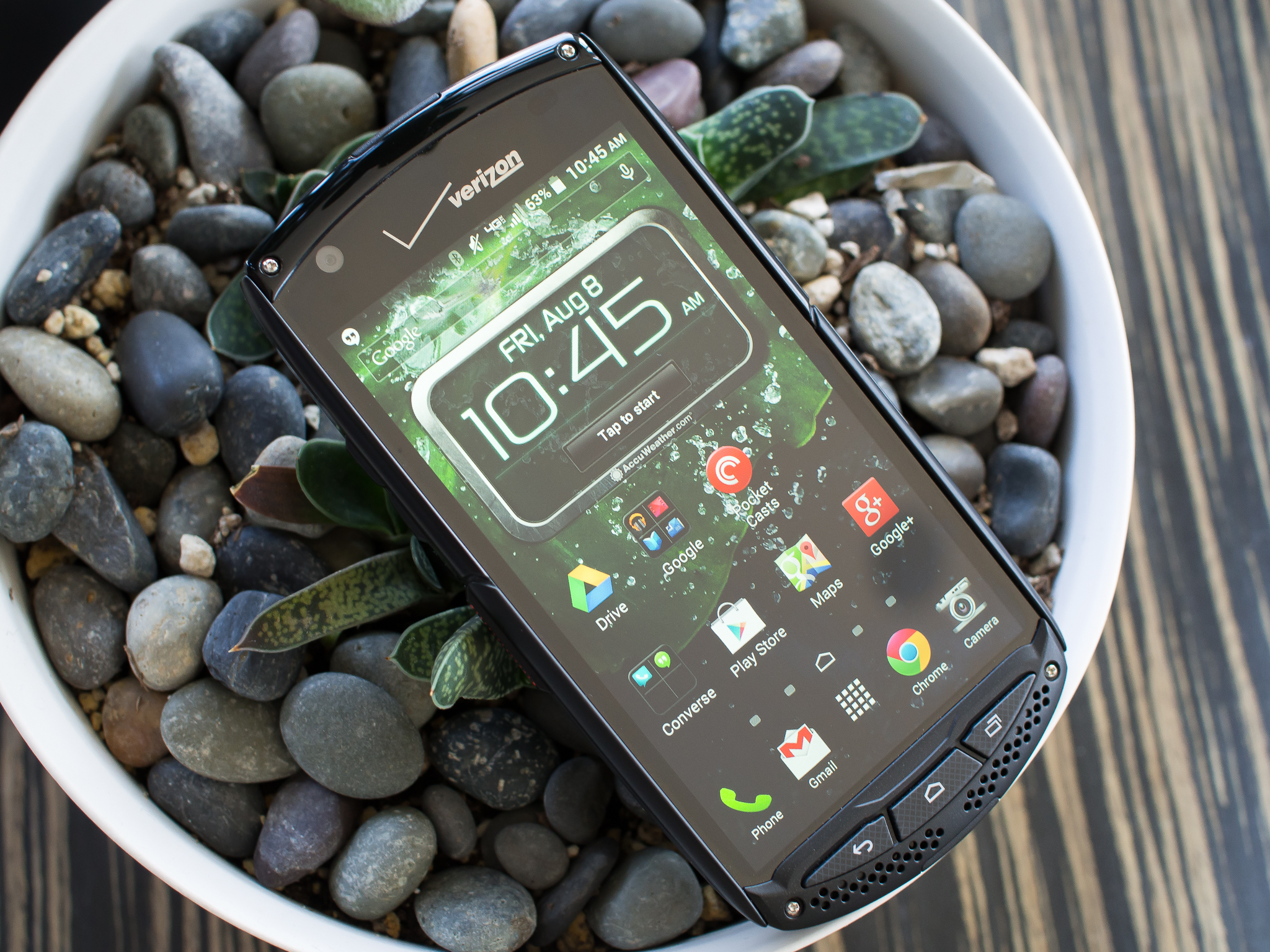
A rugged phone with a near-indestructible screen that doesn't compromise on performance and usability
Kyocera is probably best known for making "those rugged phones" for just about every carrier out there, but the just-announced Brigadier on Verizon has a few things special about it. The headline feature here is the all-new Sapphire Shield display, which the Brigadier uses instead of a traditional glass-covered display to provide drastically higher screen durability. It makes a traditionally-rugged Kyocera phone even more indestructible, all without compromising features like visibility or touchscreen sensitivity.
But a synthetic sapphire-coated display isn't the only worthwhile feature of the Kyocera Brigadier — this phone actually has much higher specs than your average mid-range phone from the manufacturer. It all adds up to a great combination for those who need a phone that can basically go anywhere and look no worse for the wear. Read along for our first impressions of the Kyocera Brigadier and a torture test of its Sapphire Shield display.
Hardware, specs and durability
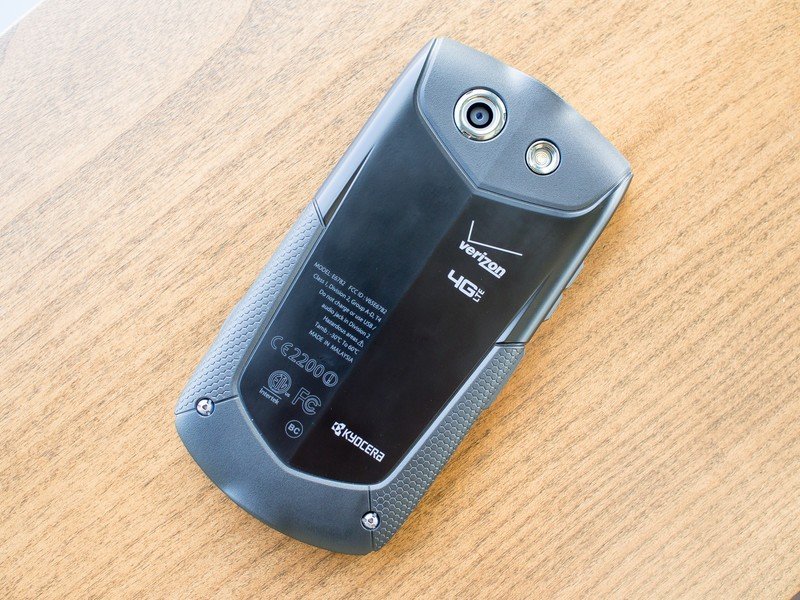
It's big, heavy and covered in rubber — but that comes with the territory.
The Kyocera Brigadier is a lot of things, but attractive is not one of them. That comes with the extreme durability that this phone brings, and of course Kyocera has a bit of branding to keep up as well. There are big hefty rubber bumpers all around the device, a handful of exposed screws, easy-to-press buttons and big flaps over all the ports, but that's why this phone is so tough. The Brigadier is Military Standard 810G compliant, meaning it's far more rugged than your average "rugged" phone — resistant to water up to six feet for 30 minutes, driving dust and sand, shocks, high and low temperature and dozens of drops from four feet.
With all of that extra protection the Brigadier is understandably larger and heavier than you'd expect for a 4.5-inch device, but it isn't completely unwieldy. The extra rubber along the sides actually does help you hold onto the phone, and while I could do without the physical navigation buttons at the bottom at least they're in the "proper" layout and easy to press. You also get a dedicated camera button and a "programmable key" on the opposite side that can be used to launch apps, bring down your notification bar or just wake the device.
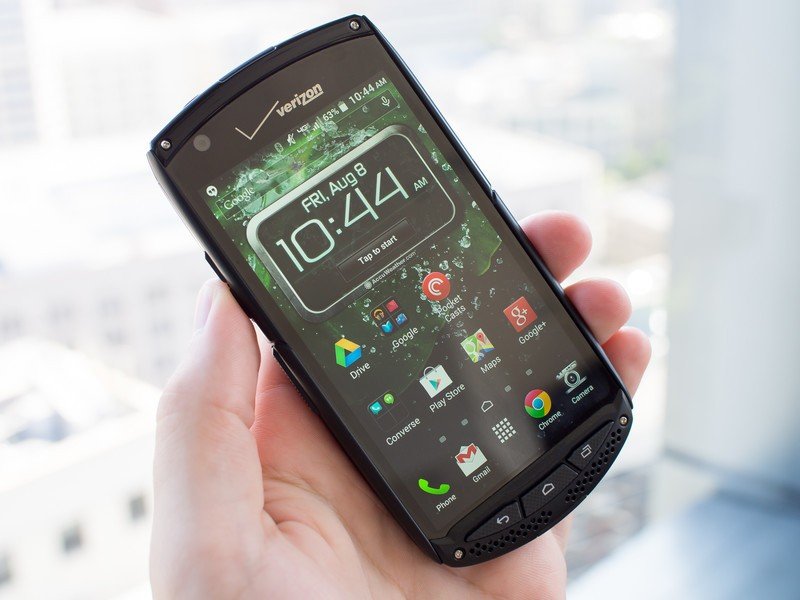
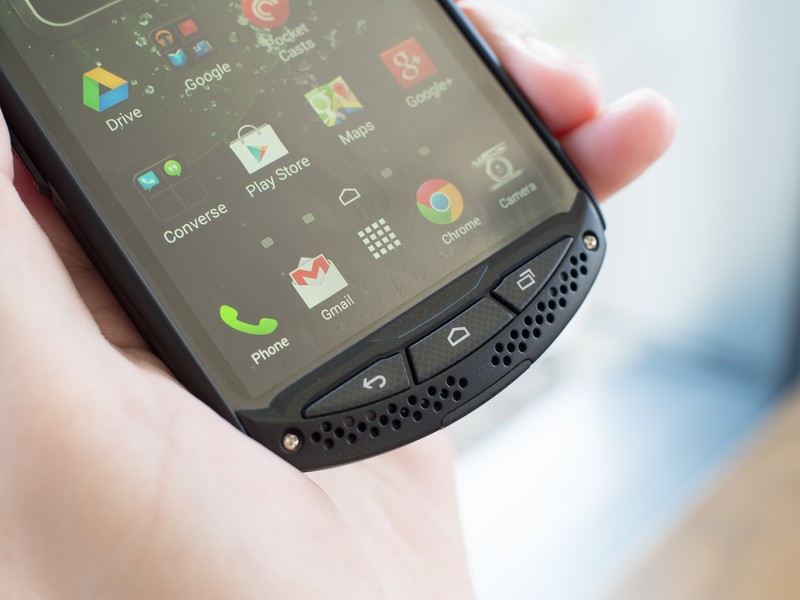
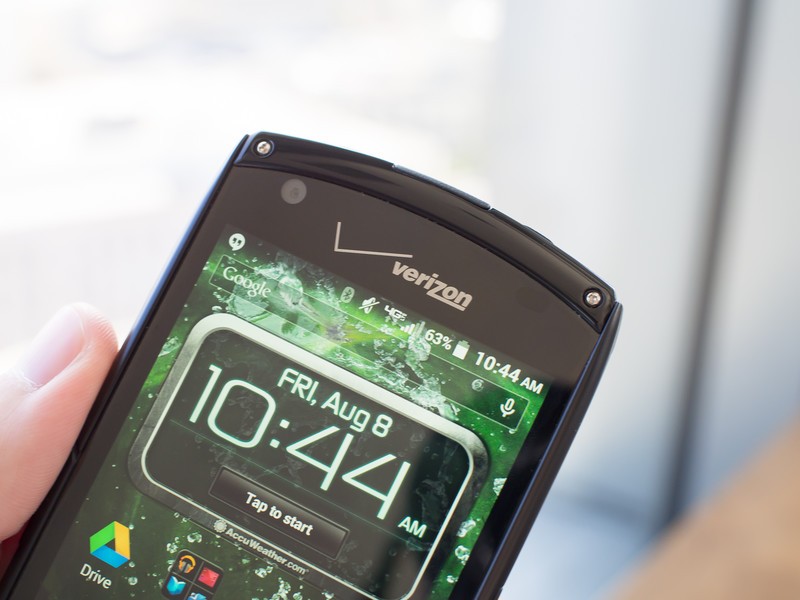
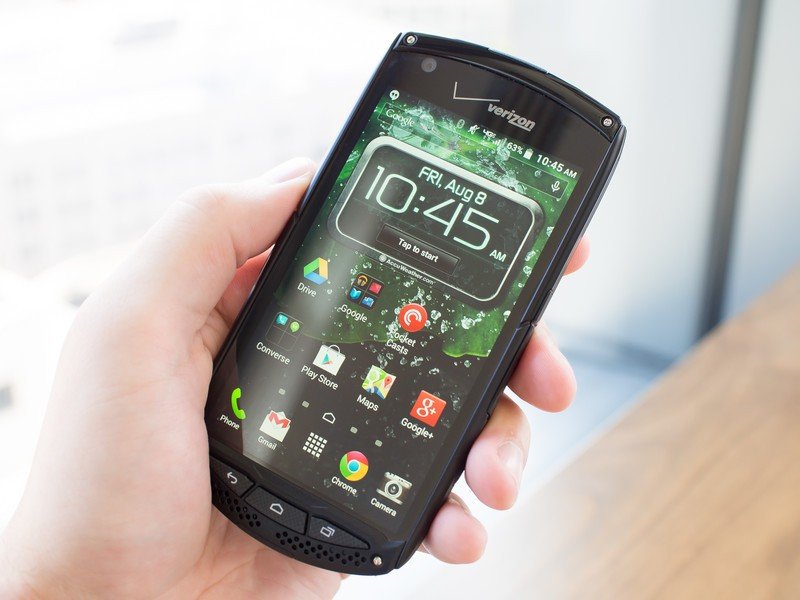
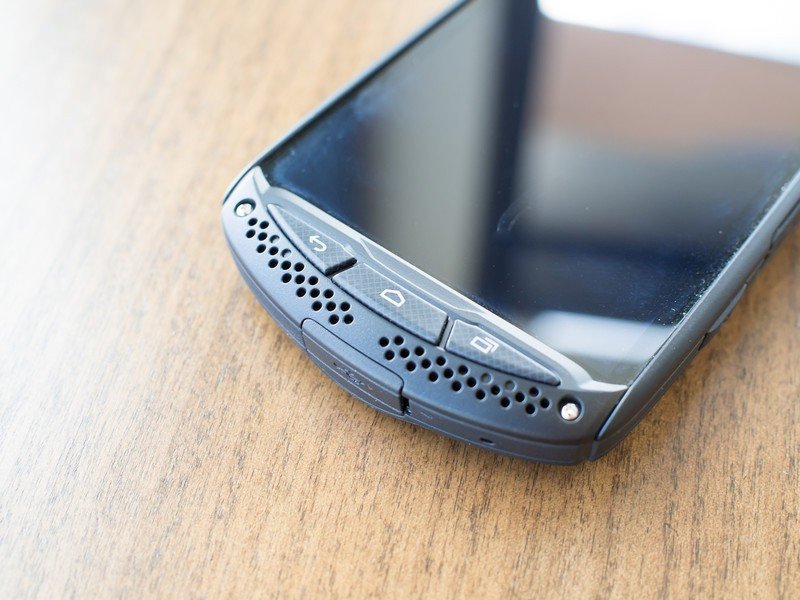
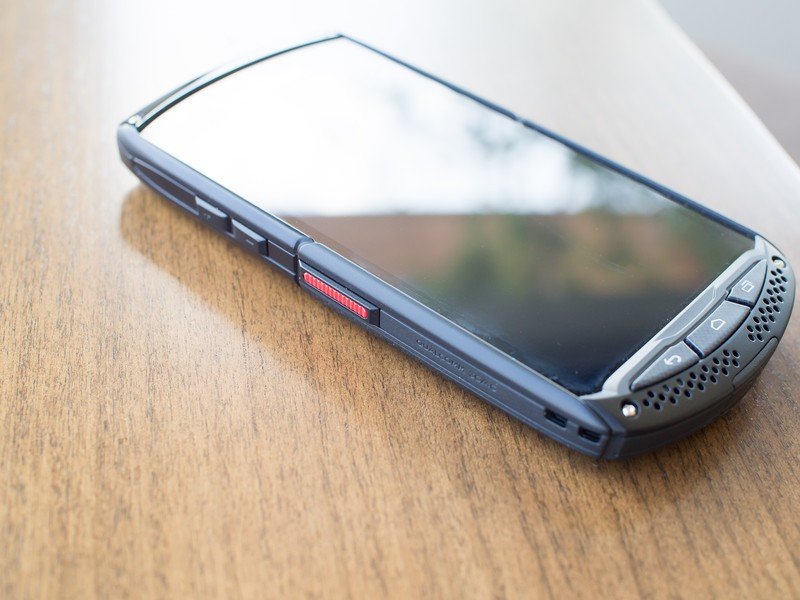
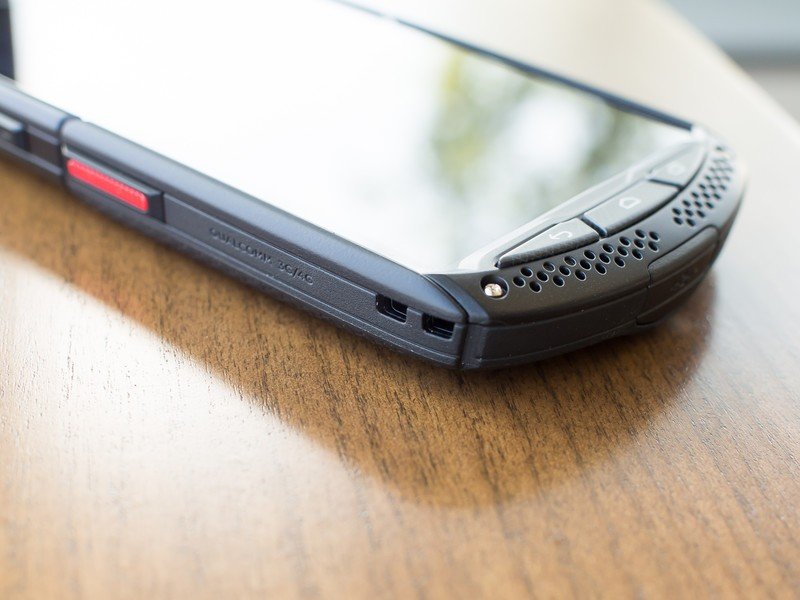
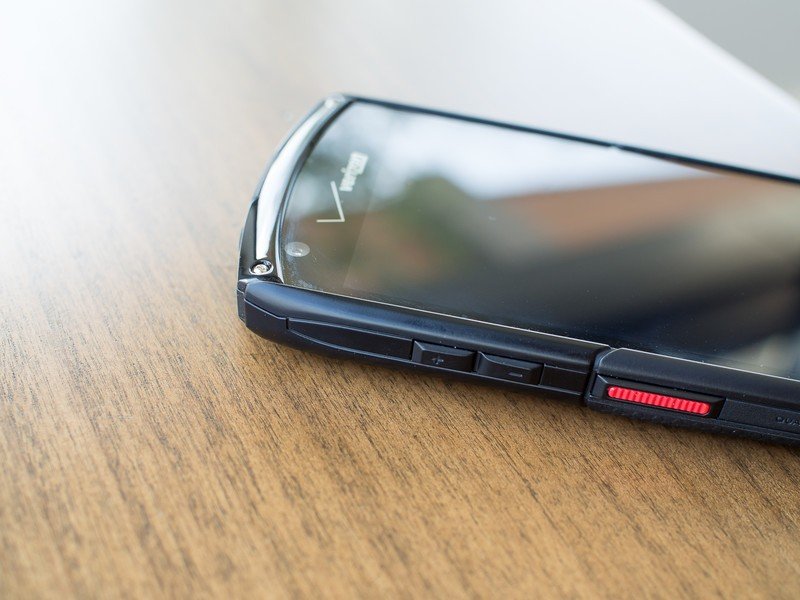
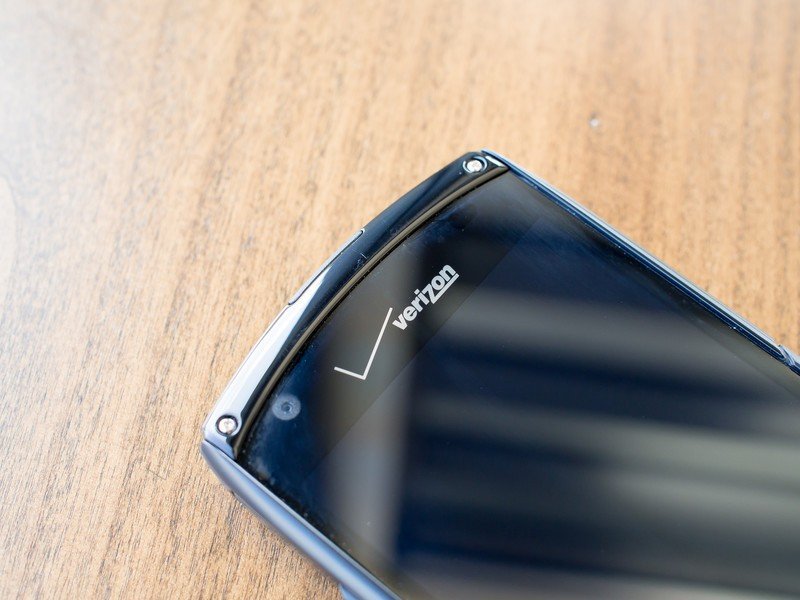
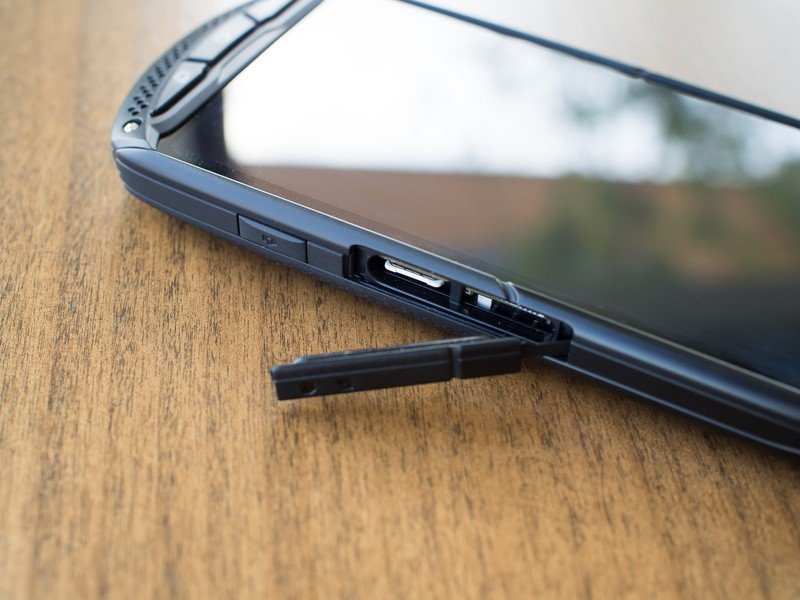
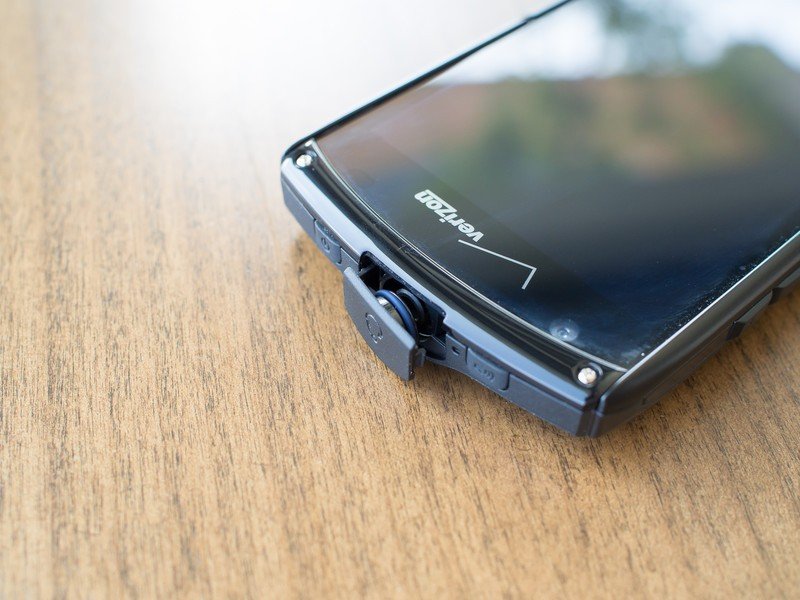
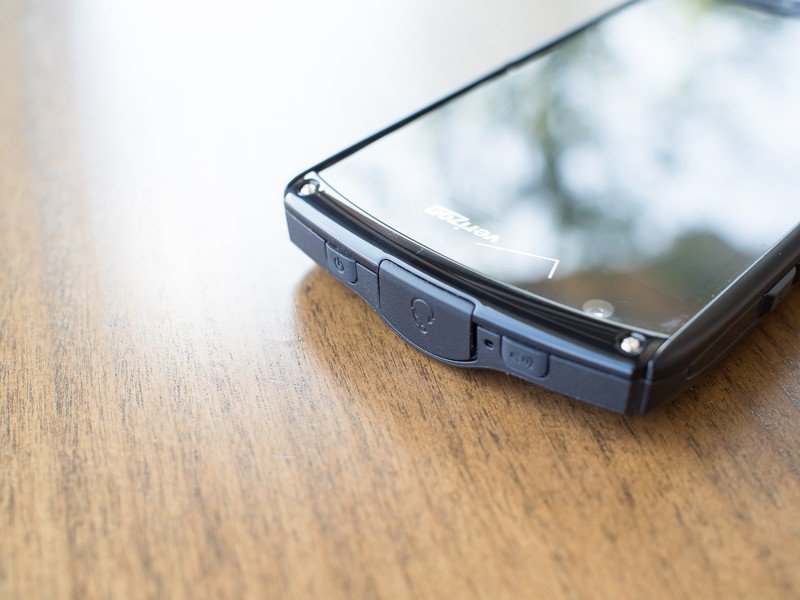
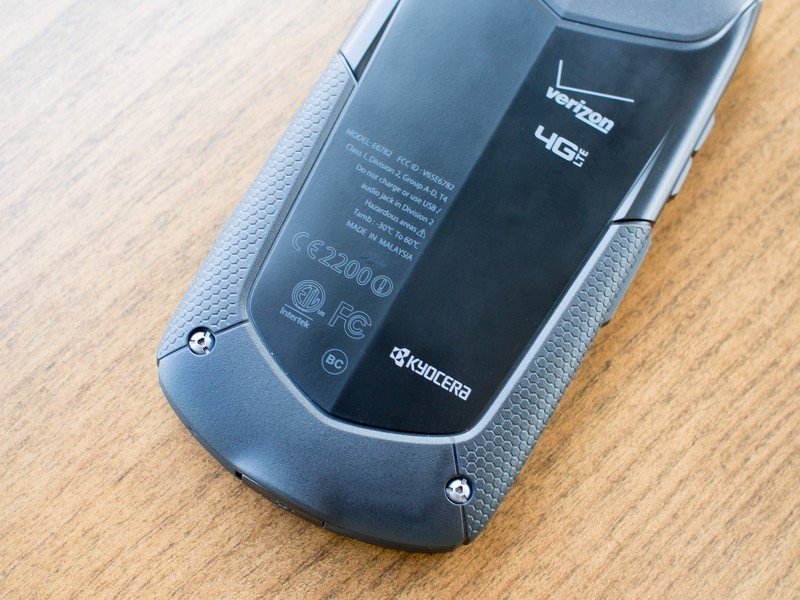
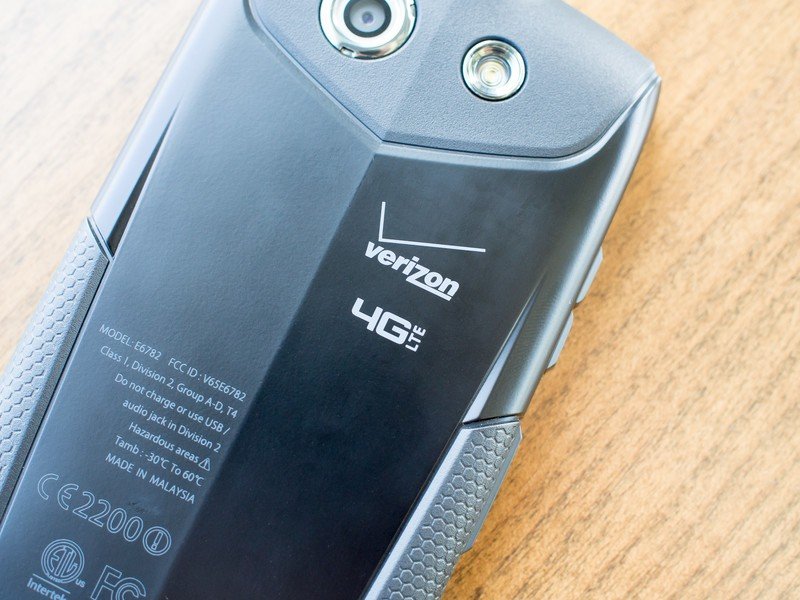
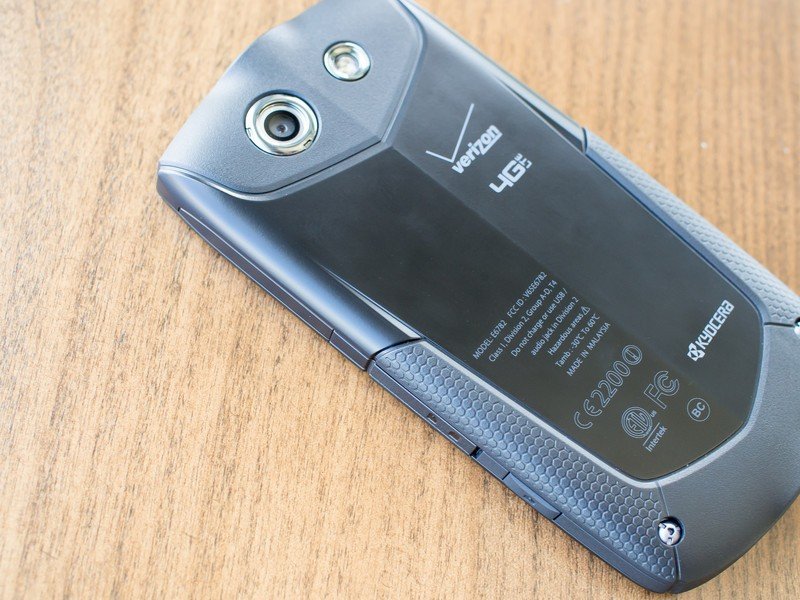
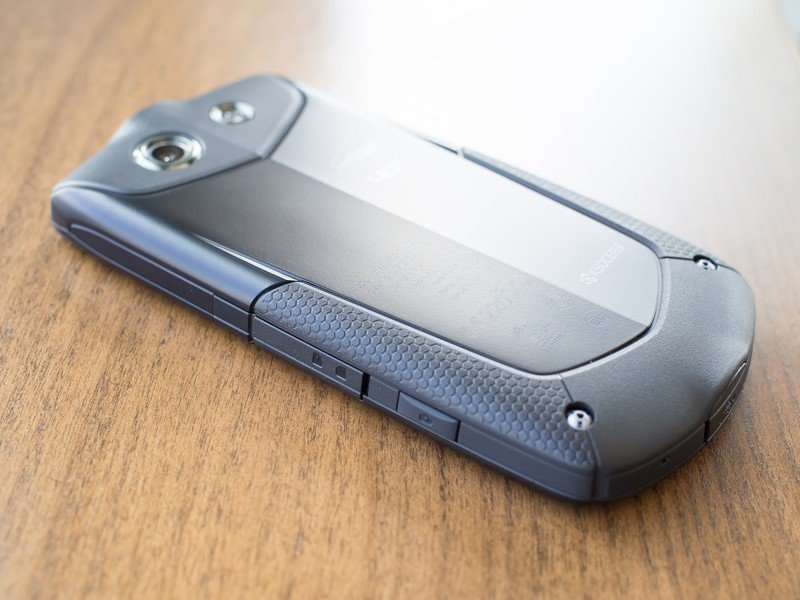
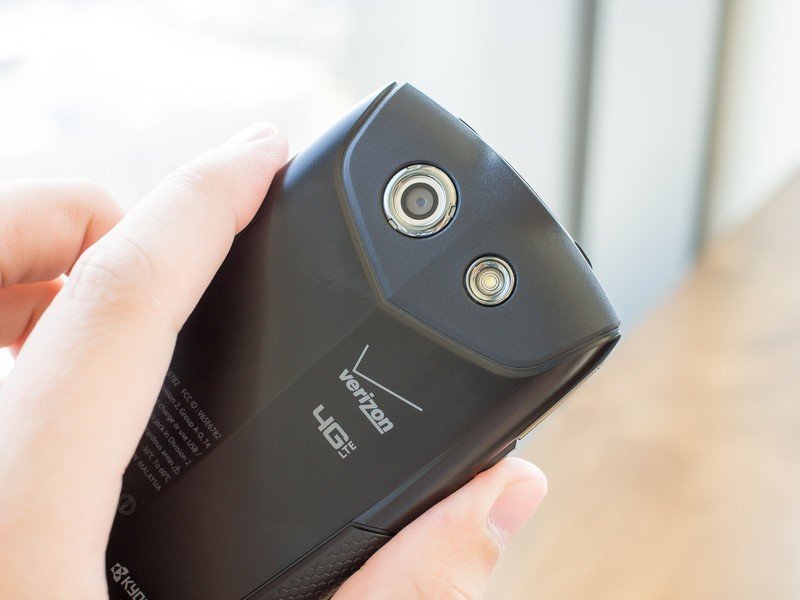
On the inside, you're thankfully getting rather high-end specs for a phone like this — not the low-end stuff you expect. We're looking at a 4.5-inch 720 x 1280 display, a Snapdragon 400 processor at 1.4GHz, 2GB of RAM, 16GB storage (MicroSD expandable), 3100mAh battery, 802.11ac Wifi, Bluetooth 4.0 and an 8MP rear camera. The Brigadier also packs one of Kyocera's great technologies, a bone conducting speaker, which makes calls easy to hear in any situation. There's also Qi wireless charging, which is great to see on a phone with a flap over the USB port.
The Kyocera Brigadier isn't going to win any design awards or compete toe-to-toe with the latest flagships, but for someone who needs the extra protection it will be a drastically less-compromising device than previous models. It has enough under the hood to not have slowdowns, the external aspects are a bit on the ugly side by overall standards but aren't horrible, and the few extra hardware features are actually useful.
Be an expert in 5 minutes
Get the latest news from Android Central, your trusted companion in the world of Android
Sapphire Shield display
Though all of the "sapphire screen" talk has been circling around the iPhone 6 for the past few months, Kyocera is putting its expertise in synthetic sapphire to work with a "Sapphire Shield" covering on the Brigadier. This 4.5-inch display and bezels are covered edge-to-edge with synthetic sapphire, which is dramatically tougher than glass of any type, even the latest Gorilla Glass product. It's tougher against scratches, impacts and shatters — just what we all want in our phones.
I wish every phone's screen was this insanely durable.
I took the opportunity to put the Sapphire Shield display to the test, doing things to this phone's screen that I wouldn't dare attempt on any other device that I wanted to keep using. I took the Brigadier and dropped (or basically threw) it into gravel, dirt full of rocks, a manhole cover, pavement and brick, with a short stoppage to grind my set of keys on it. The result? Three dings on the screen so small that I wasn't able to actually pick them up on camera.
That's just incredibly impressive, and you wouldn't ever expect any phone with a traditional glass screen to survive even one of those drops without significant damage to the screen. Naturally the extra protection of a thick bezel and shockproofing helps out a bit, but there's no doubt that having this Sapphire Shield technology in a "regular" smartphone would dramatically improve its durability. We know the plastic and metal around the edges of our devices are going to get dinged up over time, what we really don't want to get destroyed is the screen we look at and interact with every day.
And as I noted earlier, all of that display durability comes at no cost, as the Brigadier's display looks absolutely fantastic. Sure it isn't 1080p but at 4.5-inches I have no real issues with 720p — it's the quality and technology that makes a difference. It's no stretch at all to say that this is the best display I've ever seen on a Kyocera phone, and there's a great chance it'll look this good for the life of the device.
Software and performance
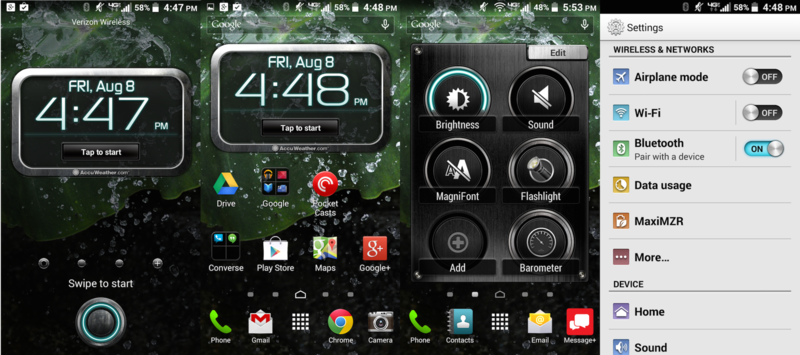
Though Kyocera has put a drastically-improved display and specs in the Brigadier, it's still loading up some pretty atrocious-looking software. While I understand the necessity of having a rugged exterior to the phone, there's no real reason why the software needs to look this rugged. The fake chrome, drop shadows and neon lights remind me of the software of yesteryear, and really just doesn't have any place on a modern phone.
The Brigadier isn't sluggish like other low-end Kyocera phones.
Fortunately due to improved specs and possibly some optimization under the hood (it is running Android 4.4, after all) , the software is in no way sluggish like other lower-end Kyocera phones. Swap in the Google Now Launcher and you've gotten rid of a bulk of the badly-designed software, though the lockscreen and settings are still a bit like nails on a chalkboard for me. That's pretty easily sidestepped, but I still wish Kyocera would tone down the over-the-top rugged and macho software interface.
In terms of daily use, the Brigadier performed beyond my expectations. The software is smooth and capable, and I never noticed a slowdown in the days I've had it. The 8MP camera is also quite capable, but won't be producing many pictures worth framing — just like any other phone in this range. The Verizon LTE network (I refuse to call it XLTE) has seriously improved since my last time using it here in Seattle as well, which is a plus — I never had a speedtest under 20mbps down / 10mbps up, no matter the time of day.
Bottom line

You probably already know if you're someone that needs an extremely rugged phone like the Kyocera Brigadier before you read a review of it. Few people out there are getting a phone this durable just for kicks, and most aren't willing to give up bleeding-edge specs found on today's flagships unless they really need their phone to survive everything they throw at it. If you're a Verizon customer and do need this sort of protection, at $99 on-contract ($49 until August 17th) you're getting a pretty great value in the Brigadier.
But the biggest takeaway from looking at the Kyocera Brigadier is likely the insane durability of the Sapphire Shield display. I hope that this technology is something that Kyocera will start to use on every phone it sells, and other manufacturers will have an opportunity to use this process as well. It's a serious leap over what we currently have in terms of hardened glass on phones, and is clearly the future in smartphone displays.
Andrew was an Executive Editor, U.S. at Android Central between 2012 and 2020.

